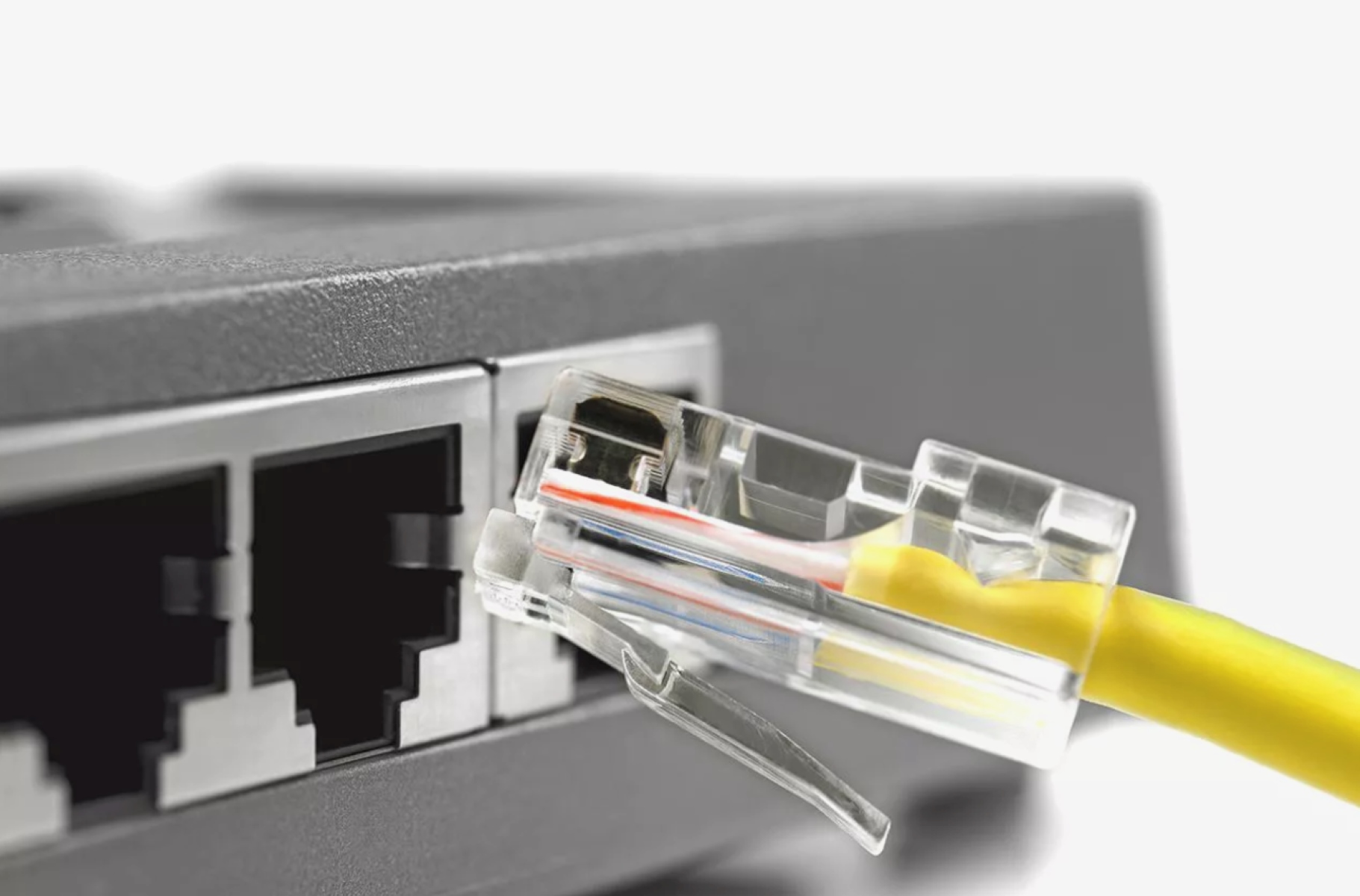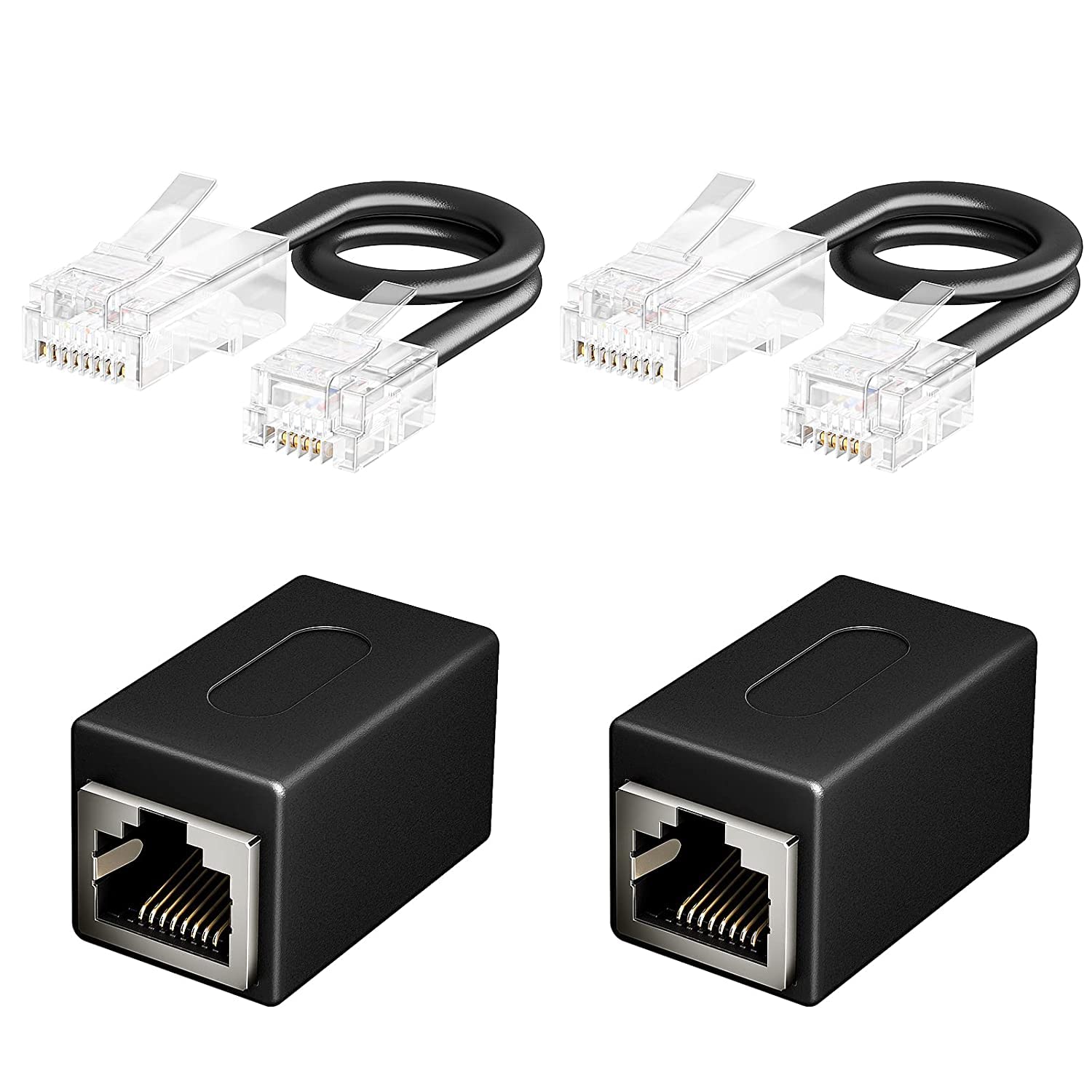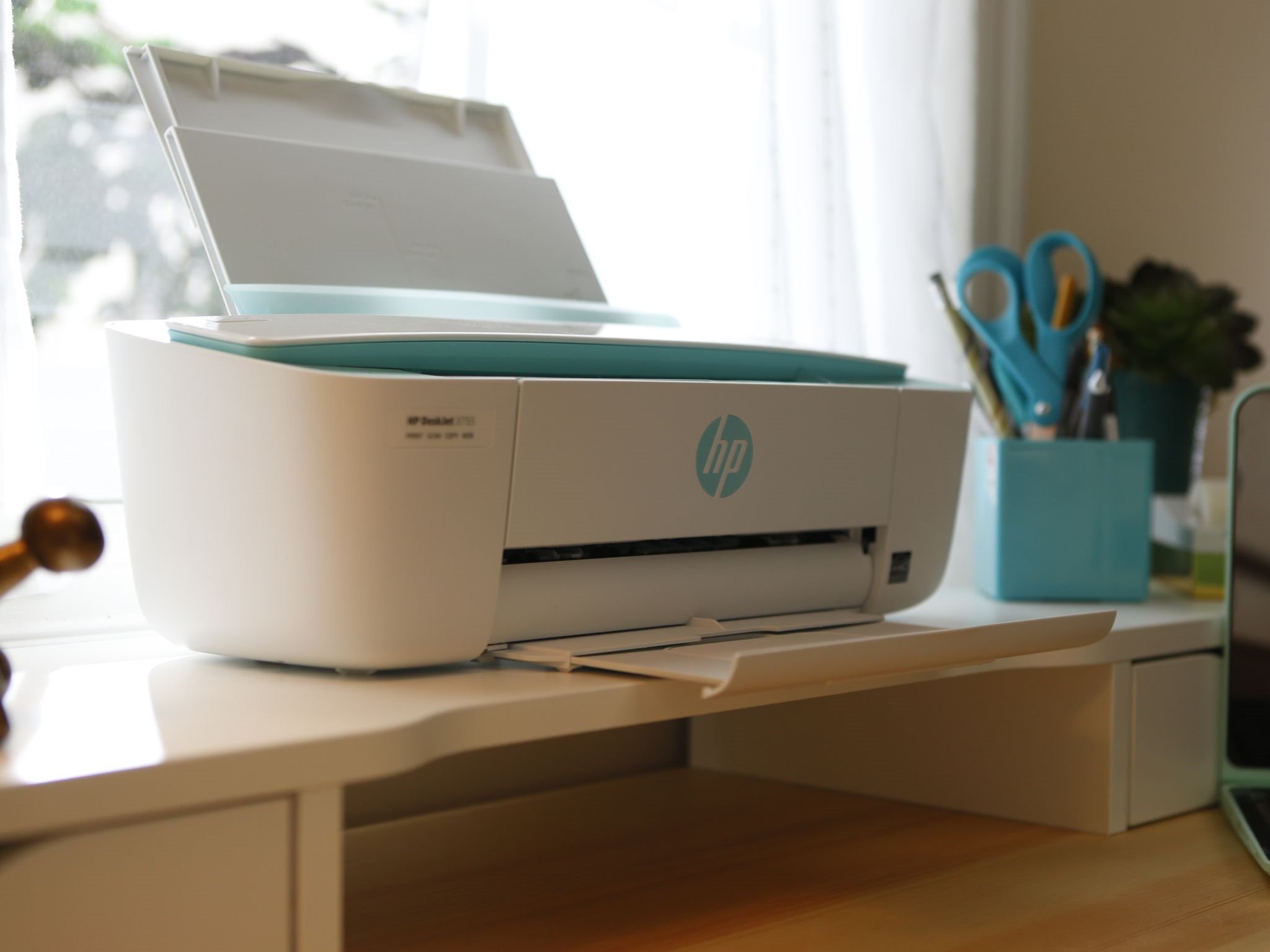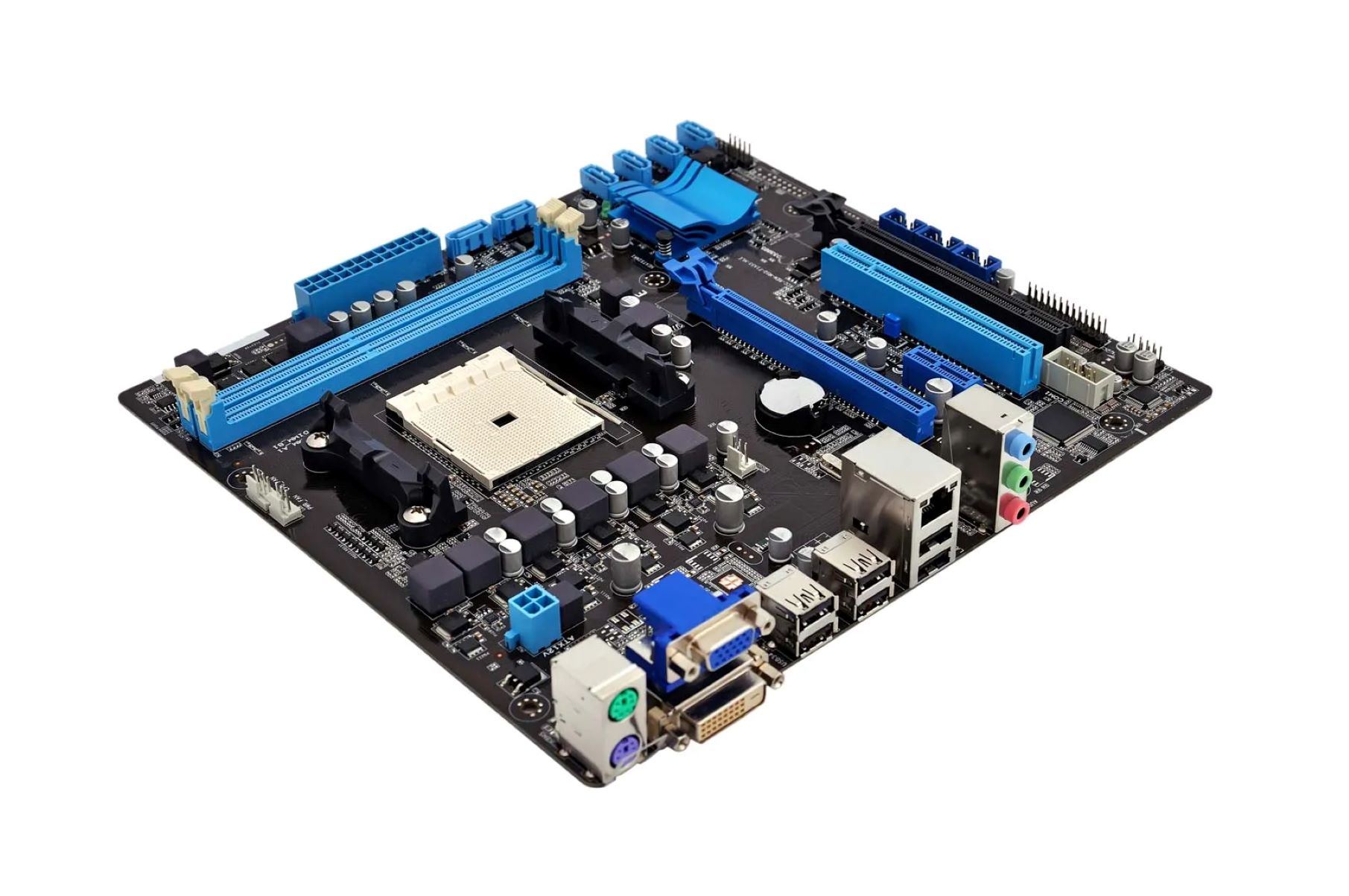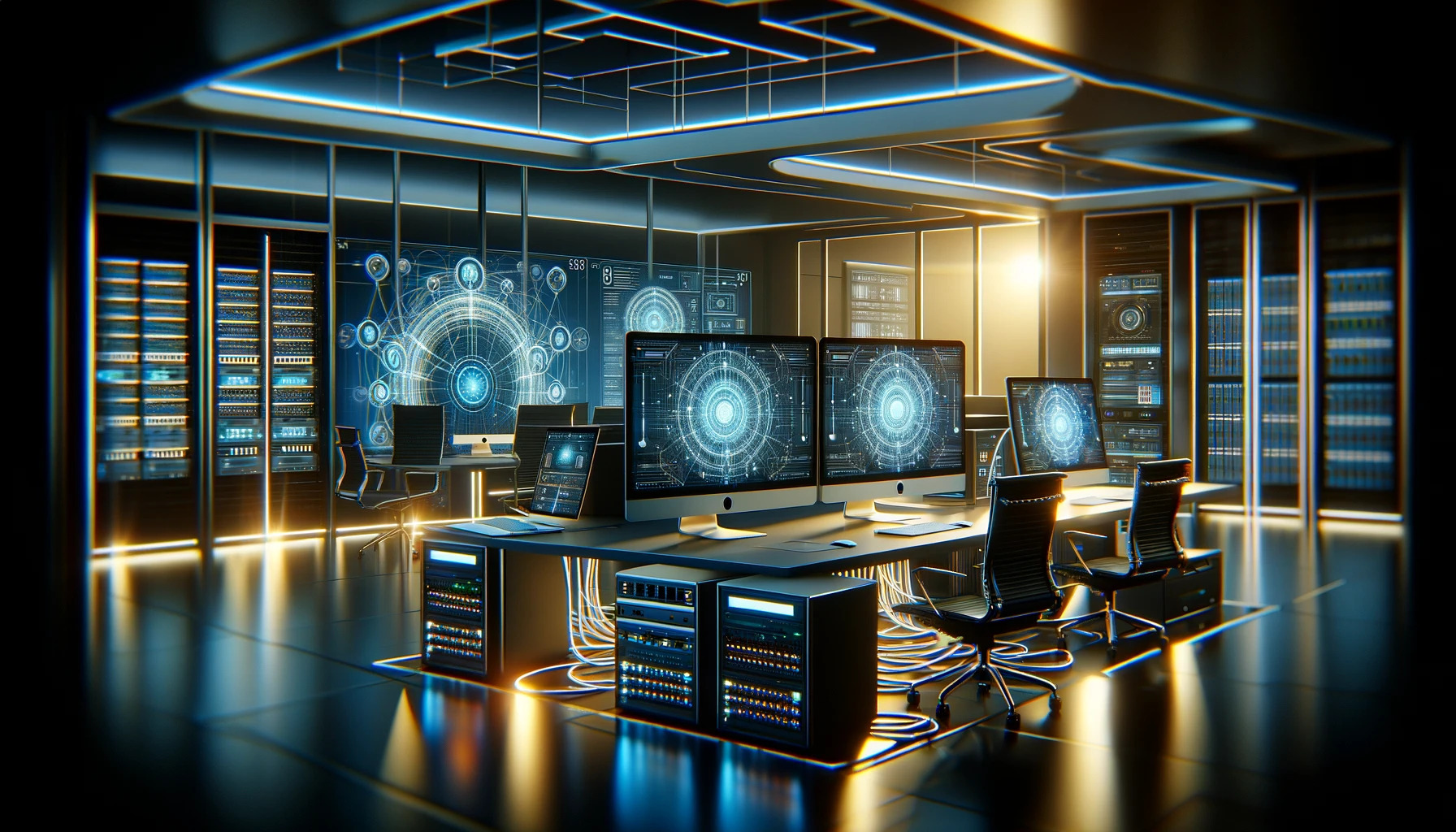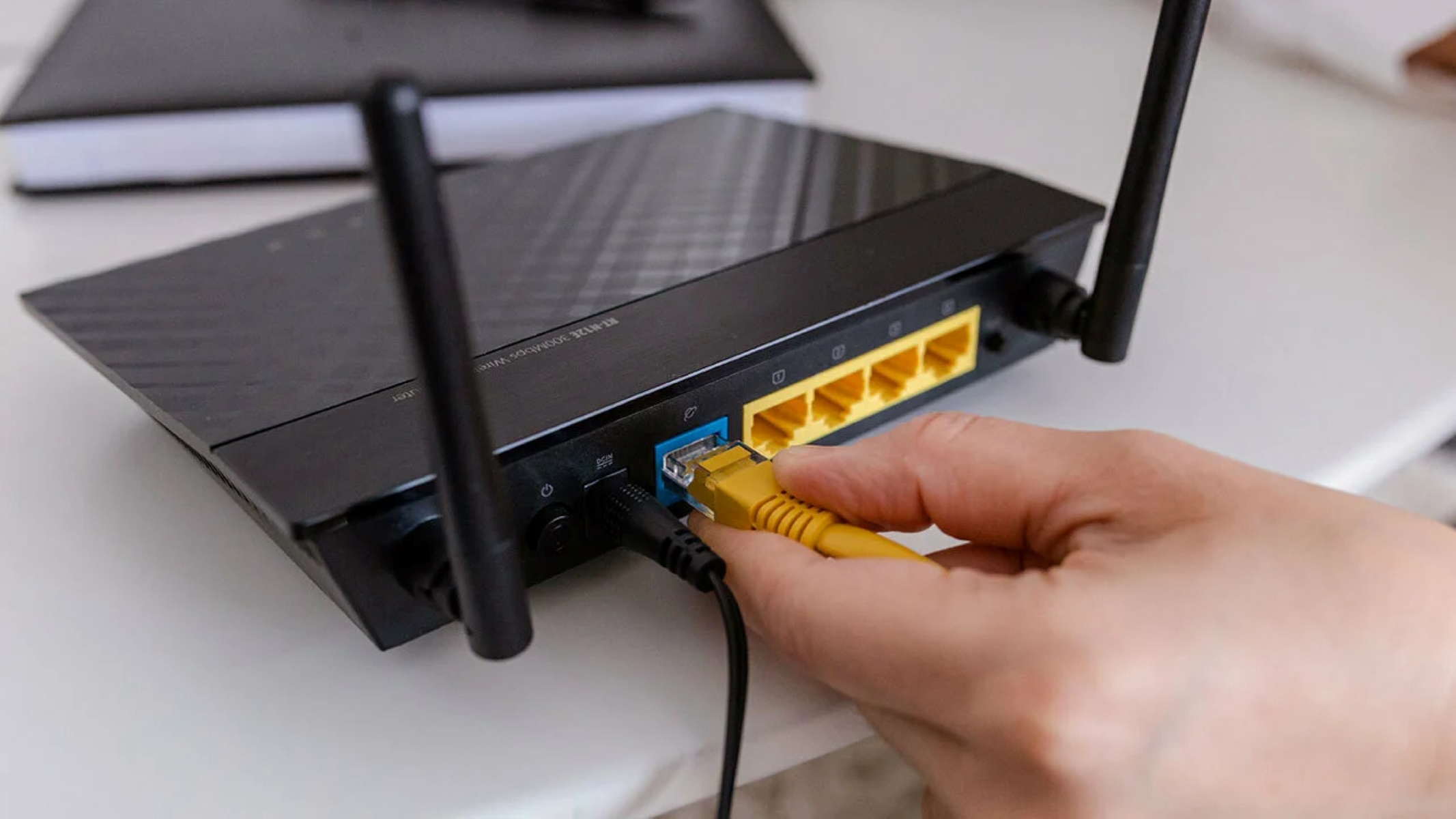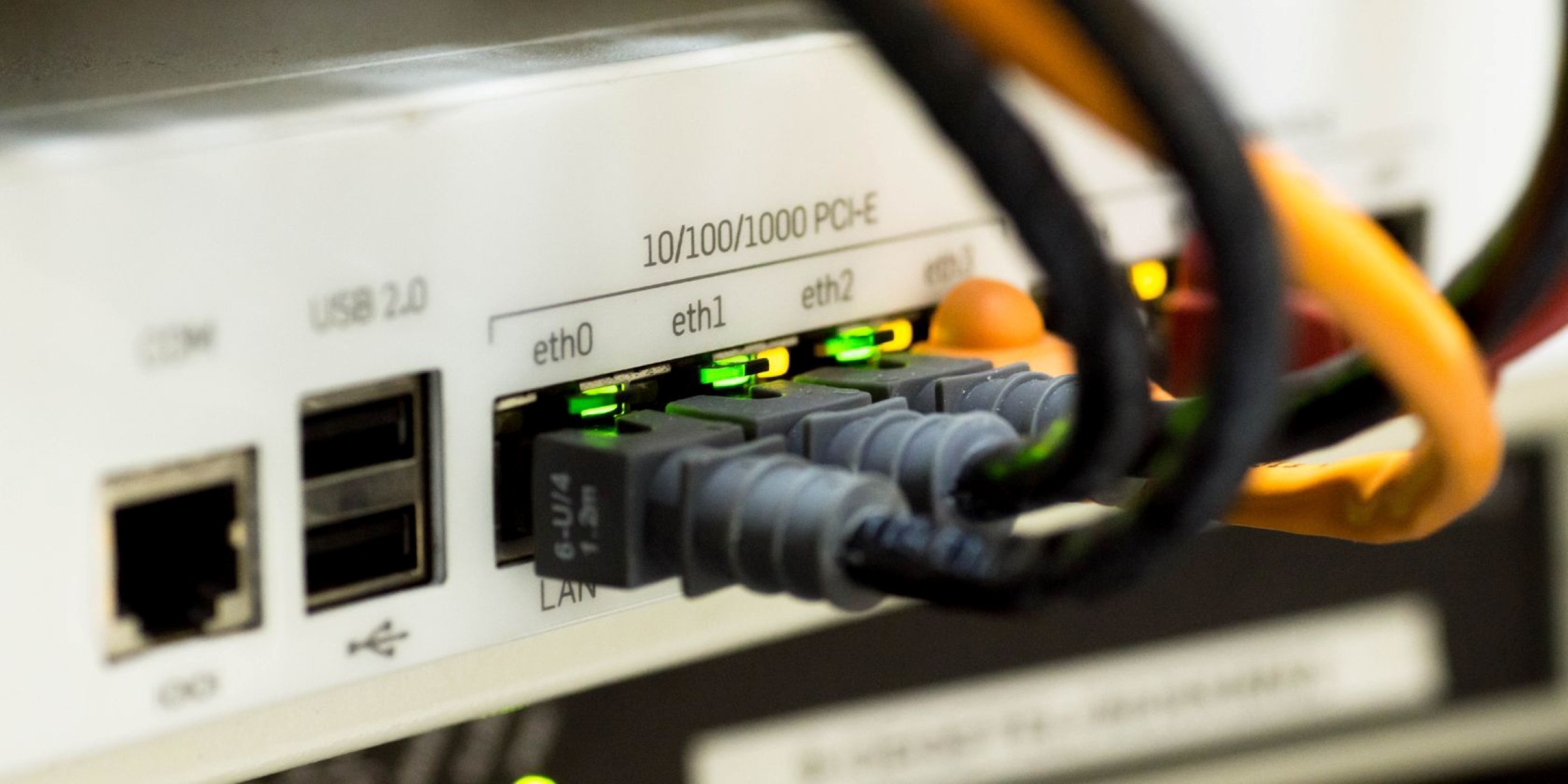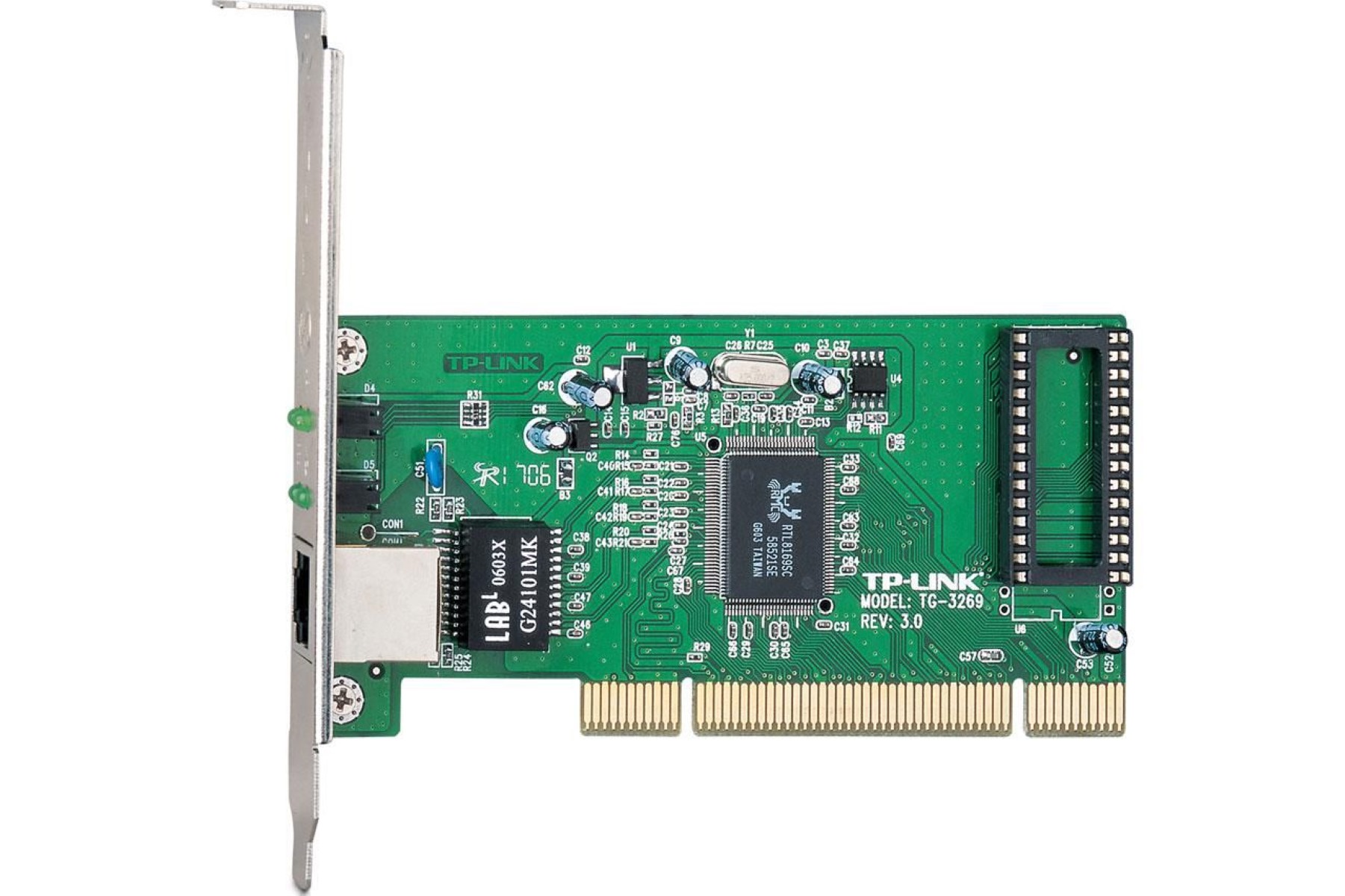Introduction
Welcome to the world of networking! In today’s interconnected age, computer networks play a vital role in facilitating communication and sharing information. Whether it’s in our homes, offices, or even on the go, we rely on network cables to establish the connections that enable us to access the vast resources of the internet. One crucial component of a network cable is the connector that connects it to the Ethernet port.
Now you may be wondering, what is the connector called on a network cable that connects to an Ethernet port? In this article, we will explore the world of Ethernet cables and unravel the mystery behind these essential connectors.
Before diving into the specifics of the connector, let’s start with some basics. An Ethernet cable is a type of network cable commonly used to connect devices within a local area network (LAN). These cables carry data signals between devices, allowing for seamless communication and data transfer.
Now, let’s talk about why the connector is an important component of an Ethernet cable. The connector is what allows the cable to interface with the Ethernet port on a device. It creates a secure and reliable connection, ensuring that data can flow smoothly between devices.
Now that we understand the significance of the connector, it’s time to unveil its name. The connector commonly used on network cables that connect to Ethernet ports is called the RJ-45 connector. This compact yet powerful connector is the industry standard for Ethernet connections and is widely used for both residential and commercial networking.
In the next sections, we will delve deeper into the details of the RJ-45 connector and gain a better understanding of Ethernet ports. We will also explore how to properly connect an Ethernet cable using this connector, ensuring a stable and efficient network connection. So, let’s continue our journey and uncover the fascinating world of network cables and connectors.
Ethernet Cable Basics
Before we dive into the world of connectors, it’s important to have a basic understanding of Ethernet cables. Ethernet cables, also known as network cables or patch cables, are used to connect devices together within a local area network (LAN). They come in various lengths and are available in different categories, each with its own specifications and capabilities.
The most common type of Ethernet cable you’re likely to encounter is the Category 5e (Cat 5e) cable. This cable supports data transfer speeds of up to 1000 Mbps (megabits per second) and is suitable for most everyday networking needs. However, if you require even higher speeds for tasks such as gaming or video streaming, you might consider using a Category 6 (Cat 6) or Category 6a (Cat 6a) cable, which offer faster data transfer rates.
Ethernet cables consist of several twisted pairs of copper wire that are wrapped together within a protective outer sheath. The twisting of the wires helps to reduce interference and crosstalk, ensuring a reliable and stable connection. The number of twisted pairs inside the cable depends on the category. For example, Cat 5e and Cat 6 cables typically have four twisted pairs.
Each of these twisted pairs carries a different signal, allowing for bidirectional communication between devices. One pair is used for transmitting data, while another pair is used for receiving data. This enables devices to both send and receive information simultaneously, ensuring efficient and seamless data transfer.
Another important aspect of Ethernet cables is their maximum cable length. Ethernet cables have maximum length limitations due to signal strength degradation over longer distances. For Cat 5e and Cat 6 cables, the maximum length is typically 100 meters (approximately 328 feet). Going beyond this distance can result in signal loss and decreased network performance. However, it’s worth noting that there are solutions available, such as network switches or Ethernet extenders, which can help extend the reach of your network.
Now that we have a foundational understanding of Ethernet cables, let’s explore the specific connector that allows these cables to interface with Ethernet ports. In the next section, we will take a closer look at the RJ-45 connector and its role in establishing a secure and seamless network connection.
The Importance of Connectors
When it comes to Ethernet cables, the connector plays a critical role in ensuring a reliable and robust network connection. Without a proper connector, the cable cannot establish a secure connection with an Ethernet port, rendering it useless for data transmission.
Connectors are responsible for joining the Ethernet cable to the Ethernet port of a device, such as a computer, router, or switch. They provide a secure physical connection that allows data to flow seamlessly between the connected devices. A well-designed and properly connected connector ensures that the signals transmitted through the cable reach their intended destination without loss or interference.
The importance of a high-quality connector becomes even more evident when considering the vital components of data transmission, such as speed and reliability. A faulty or poorly designed connector can introduce signal degradation or even complete signal loss, resulting in slower data transfer speeds and a less reliable network connection.
Connectors also need to be durable enough to withstand repeated connecting and disconnecting. In environments where Ethernet cables are frequently plugged and unplugged, such as in office settings or data centers, a sturdy connector is crucial to prevent wear and tear. Additionally, a secure connection is essential to maintain a stable network connection, avoiding interruptions or disconnections.
Furthermore, different types of connectors can be used for specific networking requirements. For example, while the RJ-45 connector is common for Ethernet connections, there are also other connectors, such as the RJ-11 or BNC connectors, for connecting telephone lines or coaxial cables, respectively. Each connector is designed to fit its corresponding port, ensuring compatibility and reliable communication.
Overall, the importance of connectors in Ethernet cables cannot be overstated. They are the key to establishing a proper and efficient network connection, allowing devices to communicate and share information seamlessly. By choosing high-quality connectors and ensuring a secure connection, you can maximize network performance and minimize signal loss.
Now that we understand the significance of connectors, let’s explore the specific connector used on Ethernet cables that connect to Ethernet ports. In the next section, we will unravel the mystery of the RJ-45 connector and its role in the world of networking.
The RJ-45 Connector
When it comes to connecting Ethernet cables to Ethernet ports, the most commonly used connector is the RJ-45. RJ stands for “Registered Jack,” which is a standardized interface that ensures compatibility and reliable connections. The RJ-45 connector is specifically designed for Ethernet networking and has become the industry standard for Ethernet connections.
The RJ-45 connector looks similar to a telephone connector, but it is slightly larger and contains eight small pins or conductors. These conductors are responsible for transmitting and receiving data signals between devices. The connector features a modular design, which means it can be easily inserted and removed from an Ethernet port.
One important thing to note about the RJ-45 connector is its wiring pattern. Ethernet cables use a specific wiring standard known as TIA/EIA-568. This standard defines how the eight conductors inside the cable should be arranged and connected to the pins of the RJ-45 connector. The most commonly used wiring scheme is called “T568B,” where the conductors are arranged in a specific order to ensure proper signal transmission.
When connecting an Ethernet cable using the RJ-45 connector, it is important to ensure that the wires inside the cable are properly aligned and inserted into the correct pin slots in the connector. This ensures that the correct pairs are connected to the relevant pins, allowing for efficient data transfer.
It’s worth noting that the RJ-45 connector is not reversible, meaning it has a specific orientation for insertion. You must align the connector correctly with the Ethernet port and insert it firmly until it clicks into place. This ensures a secure and stable connection.
Another characteristic of the RJ-45 connector is its compatibility with different Ethernet cable categories. The connector can work with various categories of Ethernet cables, including Cat 5e, Cat 6, and Cat 6a. This allows for flexibility and compatibility when establishing network connections.
The RJ-45 connector’s ubiquity and compatibility have made it the go-to choice for Ethernet connections in homes, offices, and data centers worldwide. Its simplicity, reliability, and ease of use have solidified its position as the standard connector for Ethernet networking.
Now that we have a clear understanding of the RJ-45 connector, let’s explore the other side of the equation – the Ethernet ports on devices. In the next section, we will take a closer look at Ethernet ports and their role in establishing network connections.
Understanding Ethernet Ports
Ethernet ports, also known as LAN ports or Ethernet jacks, are the physical interfaces on devices that allow for Ethernet connections. These ports are used to connect Ethernet cables, with the RJ-45 connector at one end, to establish a network connection.
Ethernet ports are commonly found on a variety of devices, including computers, routers, switches, modems, gaming consoles, and smart TVs. Each device typically has multiple Ethernet ports, allowing for multiple simultaneous connections.
The Ethernet port serves as the gateway for data transfer between devices. It receives data signals, in the form of electrical pulses, from the connected Ethernet cable and processes them for further transmission or use within the device. Similarly, it sends out data signals to be transmitted through the connected Ethernet cable to other devices in the network.
Ethernet ports are designed to be plug-and-play, meaning you can simply insert the RJ-45 connector of an Ethernet cable into the port for an instant connection. The port will automatically detect the cable and establish the appropriate network settings, such as IP addressing and network speed.
Most Ethernet ports are capable of supporting high-speed data transfer rates, ranging from 10 Mbps (megabits per second) to 10 Gbps (gigabits per second) or even higher. The specific speed supported by a port depends on various factors, such as the device’s hardware capabilities and the type of Ethernet cable being used.
Ethernet ports also often come with indicator lights, commonly referred to as LEDs (Light-Emitting Diodes), which provide feedback on the status of the connection. These indicator lights can indicate link activity, connection speed, and network activity, helping users troubleshoot and monitor their network connections.
One important consideration when using Ethernet ports is to take note of the port’s speed. The Ethernet port on a device may come in different versions, such as 10/100 Mbps, Gigabit (10/100/1000 Mbps), or even 10 Gigabit (10 Gbps). It’s crucial to ensure that the speed of the Ethernet port matches the capabilities of the connected Ethernet cable for optimal performance.
Understanding Ethernet ports is essential for establishing and managing network connections. By familiarizing yourself with the functions and features of Ethernet ports, you can ensure seamless connectivity and maximize the potential of your network infrastructure.
Now that we have covered Ethernet ports, let’s move on to the final section, where we will explore the process of connecting an Ethernet cable to an Ethernet port properly.
Connecting the Ethernet Cable
Connecting an Ethernet cable to an Ethernet port is a relatively straightforward process. By following a few simple steps, you can establish a secure and reliable network connection. Let’s walk through the process
- Identify the Ethernet cable: Locate the Ethernet cable you wish to connect. Ensure that it is in good condition without any visible damage or fraying.
- Identify the Ethernet port: Locate the Ethernet port on the device you want to connect. It is usually labeled with an Ethernet icon or marked as LAN.
- Align the RJ-45 connector: Take the RJ-45 connector of the Ethernet cable and align it with the Ethernet port on the device. Ensure that the connector is facing the right direction, as it is not reversible.
- Insert the connector: Gently insert the RJ-45 connector into the Ethernet port. Apply a slight amount of pressure until you hear or feel a click, indicating that the connector is securely in place.
- Verify the connection: Once the connector is inserted, take a moment to check and ensure that the connection is secure. The connector should be flush with the Ethernet port, with no visible gaps or looseness.
- Check the indicator lights: If your Ethernet port has indicator lights, observe them to confirm that the network connection is active. The lights may indicate link activity, network speed, or network activity, providing valuable feedback on the status of the connection.
- Test the network connection: After connecting the Ethernet cable, test the network connection by accessing the internet or performing network-related tasks. If everything is working correctly, you should be able to access the network and transfer data seamlessly.
It’s essential to handle Ethernet cables and connectors with care to avoid damage or accidental disconnection. Avoid pulling or twisting the cable excessively, as this can cause signal loss or damage the connector.
Lastly, if you need to remove the Ethernet cable, gently pull the connector straight out from the Ethernet port. Avoid applying excessive force or yanking the cable, as this can damage both the cable and the port.
By properly connecting the Ethernet cable to the Ethernet port, you can establish a stable and efficient network connection. Whether it’s for internet browsing, file sharing, gaming, or any other network-dependent task, a reliable connection is crucial for a seamless user experience.
With that, we have covered the essential aspects of connecting Ethernet cables to Ethernet ports. Armed with this knowledge, you can confidently set up and manage your network connections for optimal performance.
Conclusion
Understanding the connector used on network cables that connect to Ethernet ports is crucial for establishing reliable and secure network connections. In this article, we explored the world of Ethernet cables and the importance of connectors in enabling seamless data transmission.
We learned about the RJ-45 connector, which is the industry standard for Ethernet connections. This compact yet powerful connector ensures compatibility and reliability when connecting Ethernet cables to Ethernet ports. Its modular design and wiring standards make it easy to establish a proper connection, ensuring efficient data transfer.
Furthermore, we discussed Ethernet ports and their role in facilitating network connections. These physical interfaces on devices serve as gateways for data transmission, enabling devices to communicate and share information within a network.
Lastly, we walked through the process of connecting an Ethernet cable to an Ethernet port, highlighting the importance of proper alignment and secure insertion. By following the recommended steps, you can establish a stable and reliable network connection, allowing for seamless data transfer.
With a solid understanding of Ethernet cables, connectors, and ports, you are well-equipped to setup and manage your network connections effectively. Whether at home, in the office, or on the go, a reliable network connection is essential for accessing the vast resources of the internet and staying connected with others.
Continue exploring the world of networking and expanding your knowledge. With the right combination of Ethernet cables, connectors, and ports, you can create a robust and efficient network infrastructure that meets your specific needs.







